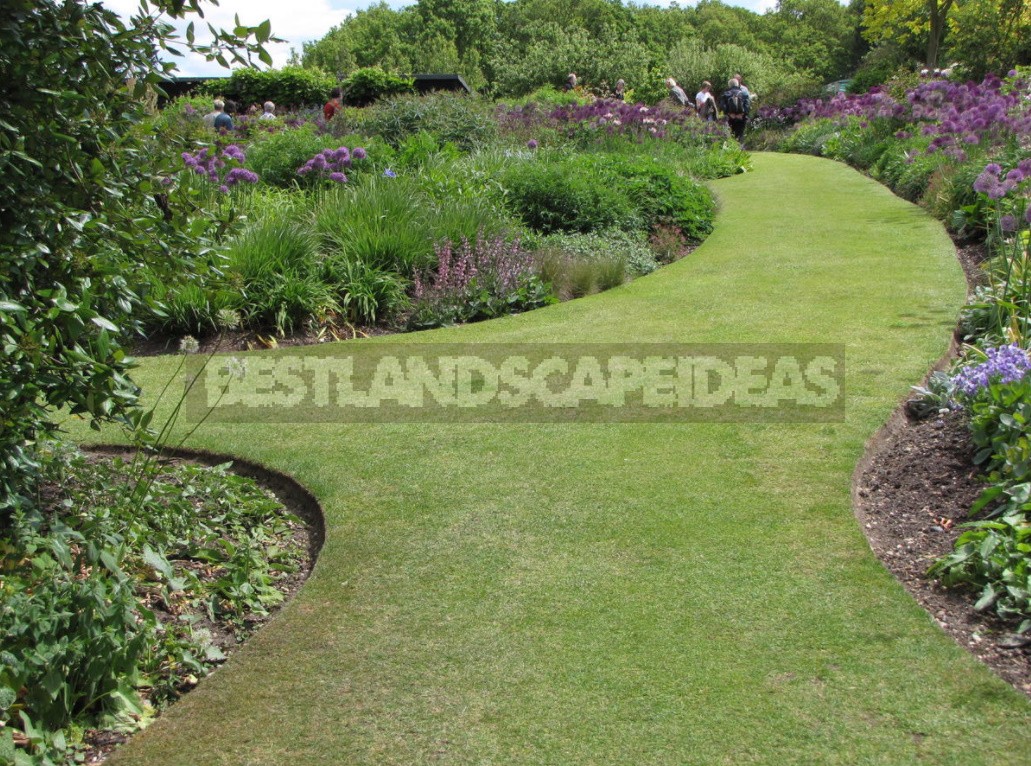
Admiring the beautiful — for example, English-gardens and parks, admiring their compositions and marveling at the well-groomed, involuntarily drawing some parallels, it is impossible not to highlight one significant difference from our gardens. This is the design of “border zones” – the borders of flower beds and plantings. It is well-designed borders, giving neatness and well-groomed garden, indicate a high class of garden design.
What kind of borders are we talking about? First of all, we are talking about the careful separation of different materials and methods of covering the soil, which does not allow their interpenetration. First of all, these are clearly legible lines of the lawn and plantings. But not only that.
The issue of boundaries in the garden is much more complex. This can include levels and joints of paving and lawn, areas of gravel backfill and seating areas. Often in our gardens, these lines are not visible or blurred, while in compliance with border laws, the grass will never crawl on the paving, gravel will not fall on the lawn, and at the tree trunks and retaining walls there will not be “tails” of grass around which you will run with trimmers and scissors.

A familiar situation? Believe me, once you spend the effort to establish garden boundaries, you will get an eye-pleasing effect and save yourself from problems for a long time.
Comfortable and Decorative borders
The border line can be purely functional or just decorative, and this is a very significant difference. The border that you draw “for daily tasks” should limit the areas of use of certain materials, secure their edges (including using dividing borders) and thereby facilitate the care of the garden.
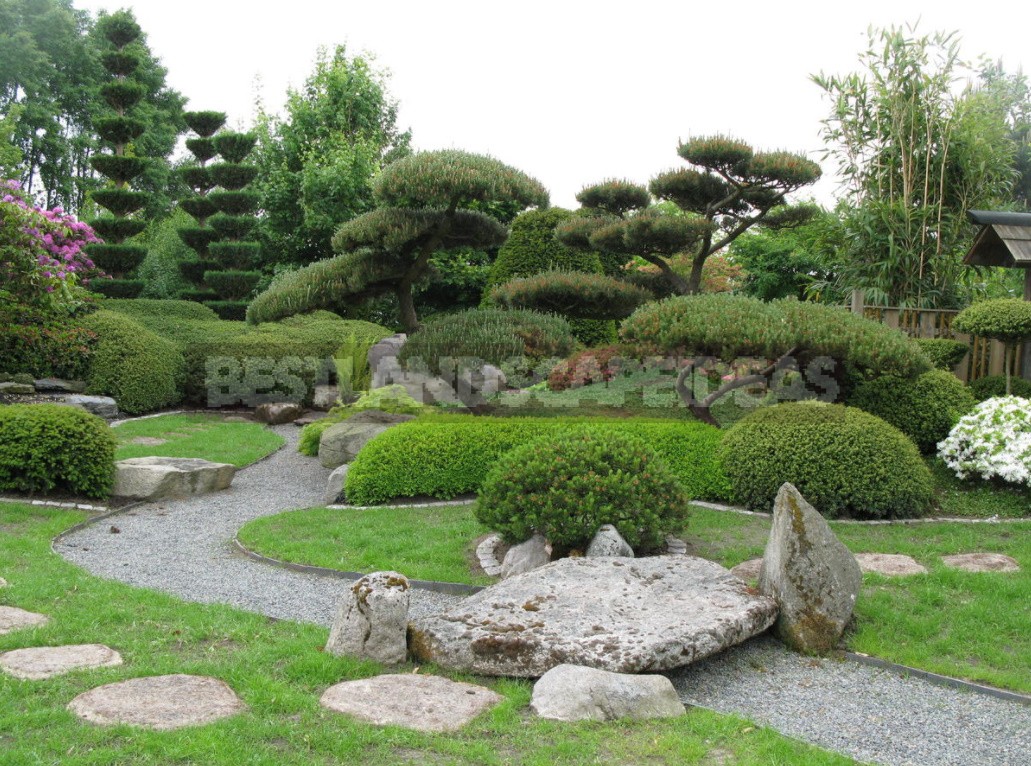
For this purpose, plastic and metal garden borders, corners and ribbons are used as limiters. Flexible, matte, non-corrugated plastic borders in black and brown colors are invisible, effective and durable. They allow you to frame any shape.
Lawn decoration
English lawns, like green rivers flowing in smooth curves through the garden, are always admired. Their expressive, well-defined edges, skirting flower beds and compositions, not only maintain the beauty of the lines, but also facilitate care. Of course, it is fair to say that the perception is largely affected by a different quality of the English lawn: it is lower and denser. And yet, this is almost the most important line in the garden – the line of decoration of the lawn edge.

To get a clear line of the lawn edge, it is cut with a special flat tool in the shape of a crescent or a sharp shovel. All straight lines are cut on a board or a stretched rope, curved lines are cut on a laid-out hose. From the ground side, a groove is formed with a depth of three to four centimeters (1.2-1.6 inch). A strip of land with a slope in the direction of planting is kept clean or mulched. To make the edges of the lawn more dense, the sowing rates along the edge are doubled and the lawn is regularly fed.
On the lawn side, the turf can be fixed using a plastic or steel corner, tape, or strips of galvanized iron (with a pre-bent edge). At the same time, the curb should not protrude above the surface of the soil more than one or two centimeters (0.4-0.8 inch), so that the mower knives freely mow the lawn along the edge.
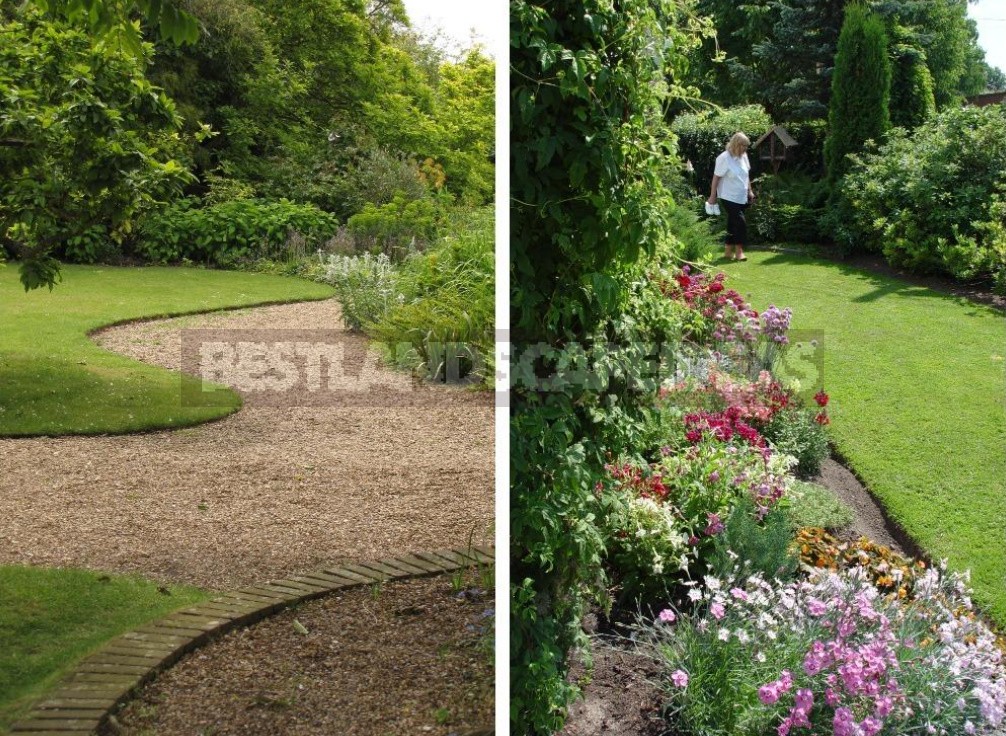
Loose edges of the lawn have to be cut at least twice a season: in the spring, when all the edges inevitably blur and require repair, and in mid-summer after the grass grows back. The fixed cut eliminates the need to adjust the edges.
Multifunctional borders
The clarity and neatness of the lawn lines are completely unrelated to the style of the garden and should be well read regardless of whether they are straight and regular or smooth and landscape. In English gardens, the edges of extended mixborders are often bounded by a strip of bricks placed on the edge.
If the garden design uses backfill with inert materials that tend to spread out on the lawn — such as gravel or marble chips — the use of restrictive borders is mandatory. Using a flexible metal corner, you can achieve an interesting effect by alternating backfills of different colors and sizes.

The question of the ratio of heights is also directly related to the solution of garden boundaries. This is important to consider even at the stage of laying the lawn and paths. In order for the border of the lawn and path to be clear and easily mowed, initially the soil level should be 3-4 centimeters (1.2-1.6 inch) below the paving level. If you fill the soil level with the paving, the grass will subsequently grow on the paths, and clear edges will not work; if the level is significantly lowered, when mowing, a fringe of grass will remain on the edges of the paving, since the mower’s knives will not be able to come close to the path, which means that you will be forced to walk with lawn scissors.
For the same reason, before any obstacles that rise on the lawn, including retaining walls, large stones, walls of gazebos, etc., the lawn is not laid closely, but a small gap is left, which is covered with mulching material.
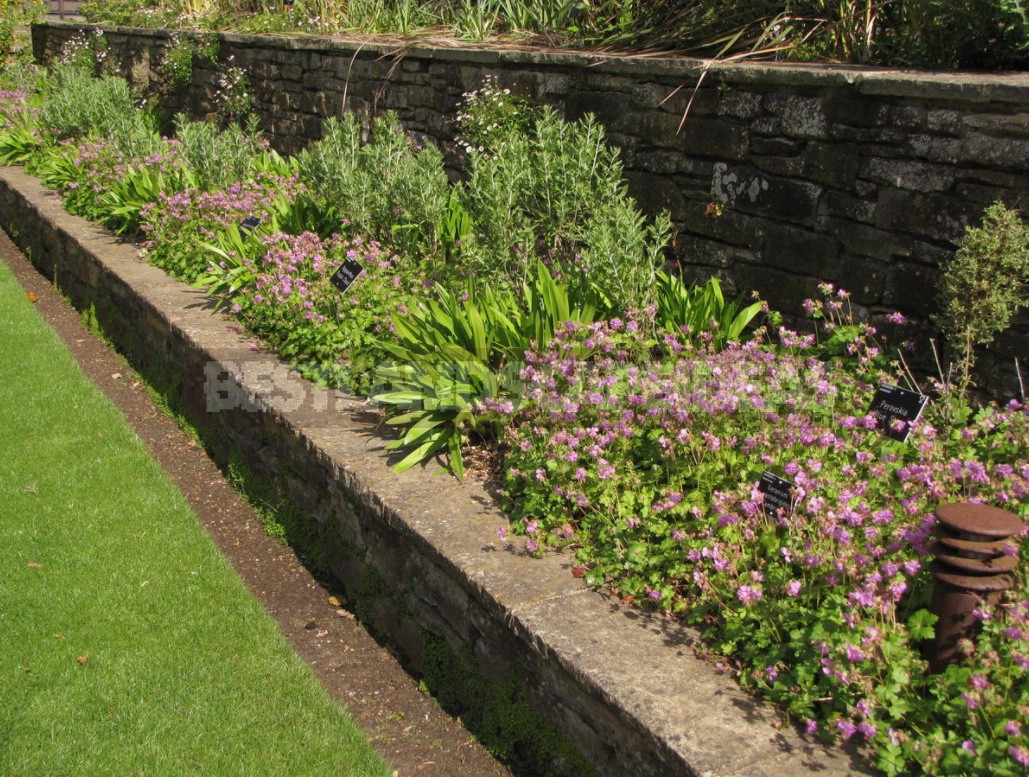
It is impossible not to touch on the concept of a landing place, that is, a single form for planting plants surrounded by a lawn. This arrangement of plants, typical of European gardens, is more effective and functional than scattered plantings on the lawn. The soil inside the planting site, remaining free for plant growth, is planted with creeping and groundcover perennials or mulched with bark or wood chips.
For trees and shrubs located singly on the lawn, it is necessary to cut through and keep the trunk circles clean. Trunks surrounded by protruding grass do not adorn the garden.
Border for Beauty
For the purpose of decorating the garden, decorative edging is used. Let’s not forget that their use does not solve the issues of actual separation at the soil level, so the problem of border design remains. It is equally important that the decorative borders, which primarily include all kinds of plastic borders and fences, are functional and stylistically justified.
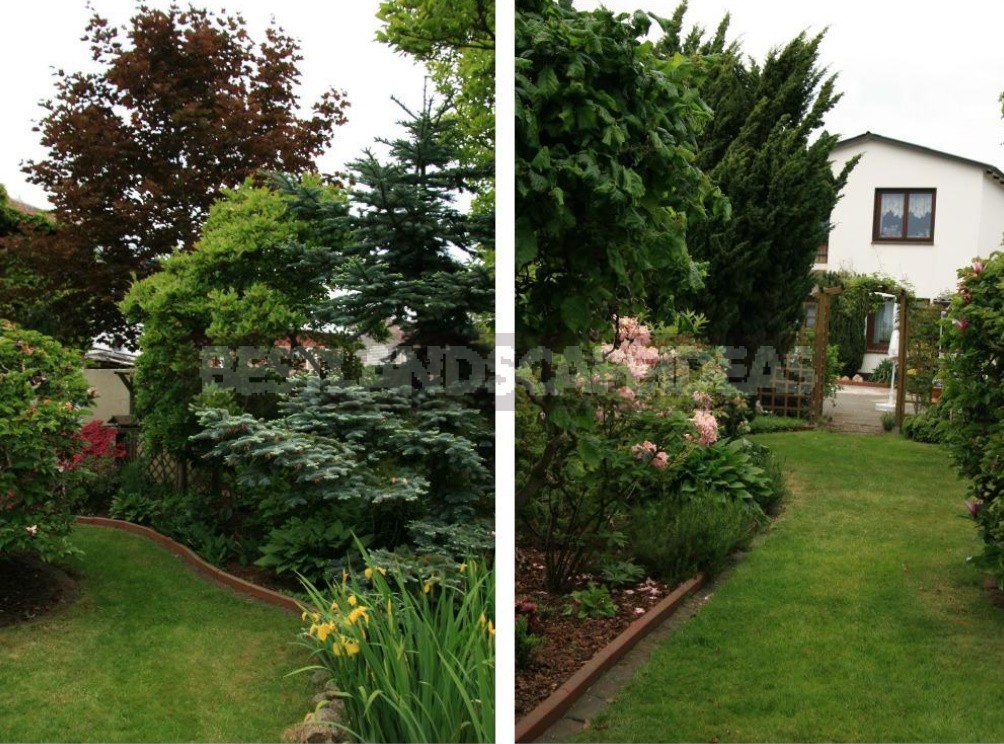
Choosing from the variety offered by the market, it is better to stop at brown and dark green tones, because red-brown, piercing green and even white are too bright and can argue with perennials.
When exposing the three-dimensional edging between the flower garden and the lawn, you should leave a five – ten centimeters (2-4 inch) strip of soil for cutting grass.
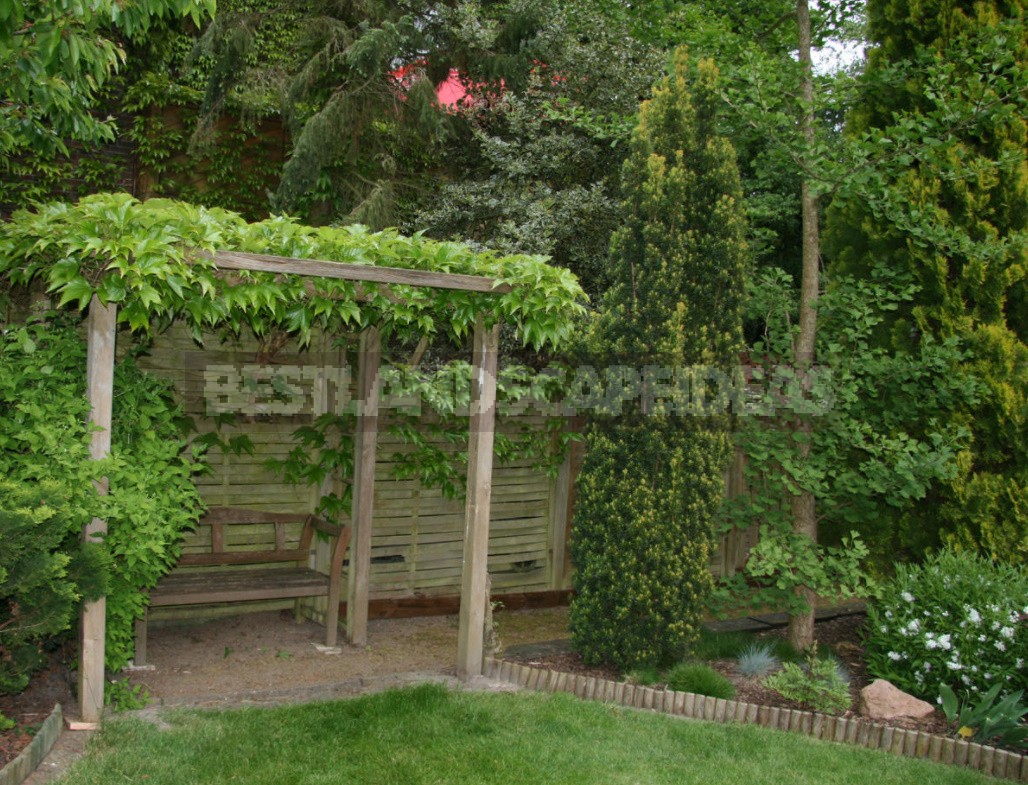
Since decorative borders perform a decorating function, they should coincide with the style of the plot and the flower garden. For example, naive white fences will be appropriate on the playground, in the garden or in a country-style composition, but completely out of place in the foreground of a cereal or, say, a luxurious exotic flower garden. Wattles made of vines and twigs will organically complement the natural and rustic composition, but probably not the front flower garden at the cottage.
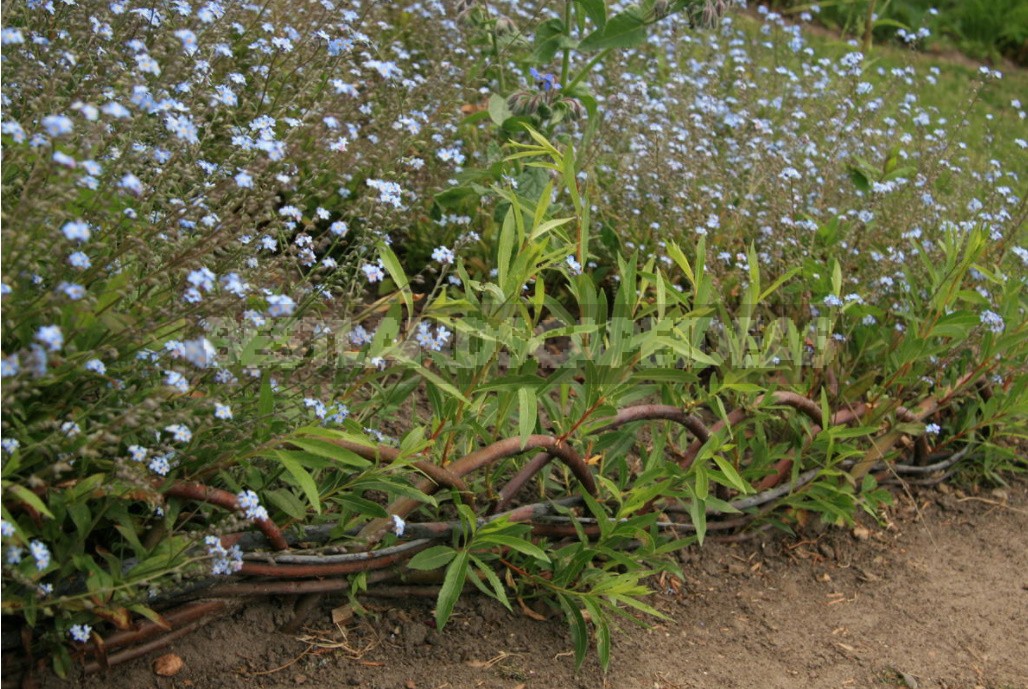
A lot of harsh words have been said about laying stones around the perimeter of flower beds, but the mismatched cobblestones from the roadsides still regularly border our plantings. Tell me, what is the connection between a lush rose garden or a bright flower garden with a stone fence made of boulders and pellets? Even if it is a rockery or gravel flower garden, where the presence of stone is clear, will it look natural? But that’s half the trouble.
Any design should be functional. Since the lawnmower will inevitably leave grass around the rocks, it will have to be painfully weeded out. If the soul asks for a stone, then, for example, for framing the trunk circles of large trees, you can use a flat stone-flagstone that does not interfere with mowing.

There are many options for volumetric edging. The decorative borders of the garden can also be attributed to the techniques characteristic of the English wild garden of alternating zones of mown and un-mown grass or mown paths in the meadow lawn, which have not yet become widespread in our country.
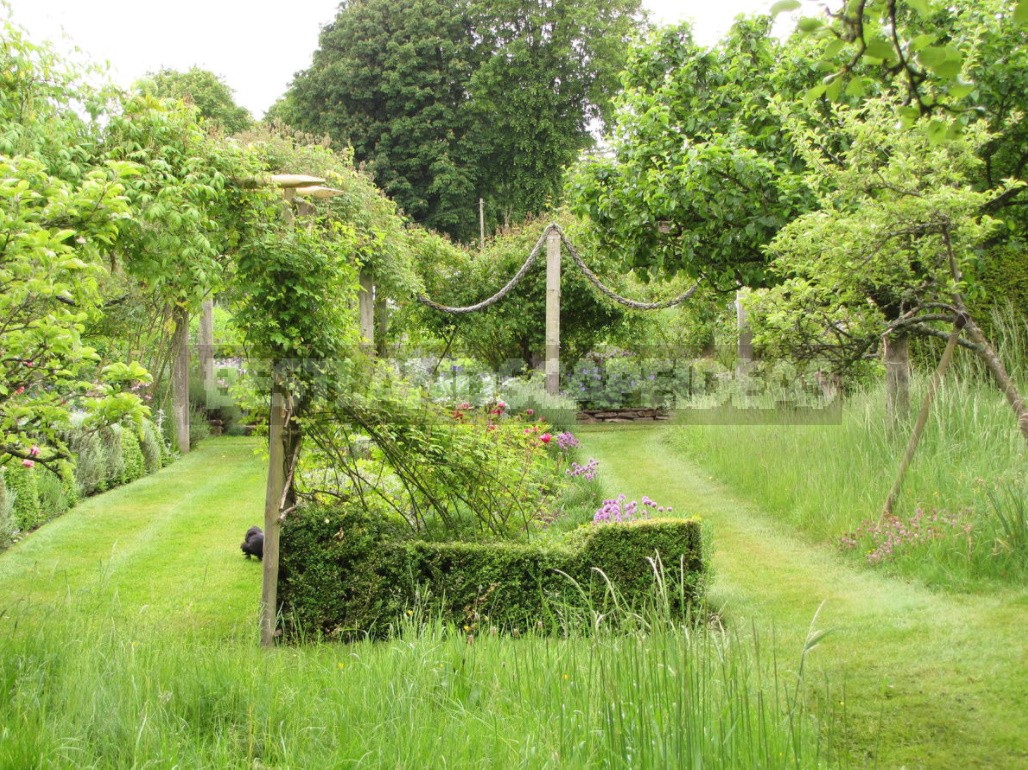
Look at your garden again, pay attention to how the border zones are decorated. Believe me, sometimes it is enough to arrange the edges of flower beds and tree trunks, to weed and mulch the plantings, so that the garden is transformed.
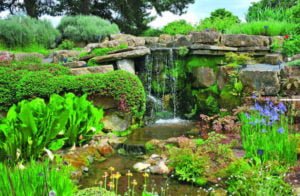
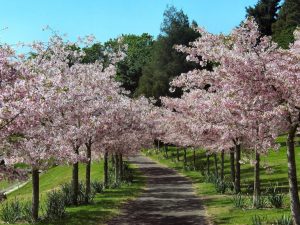
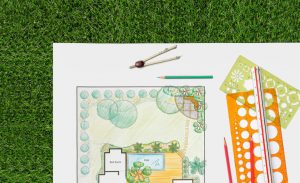
Leave a Reply